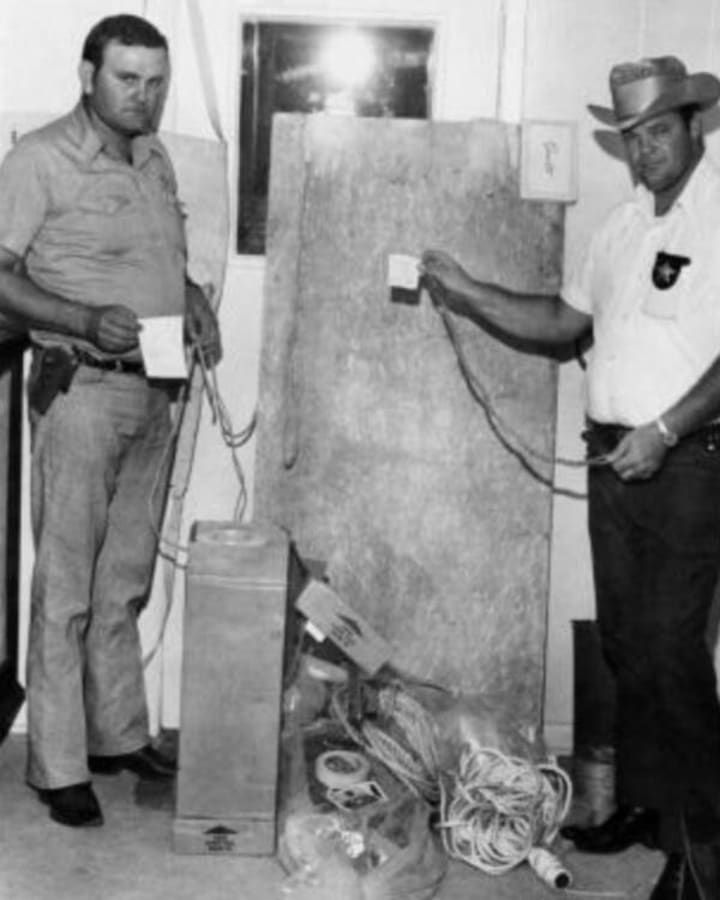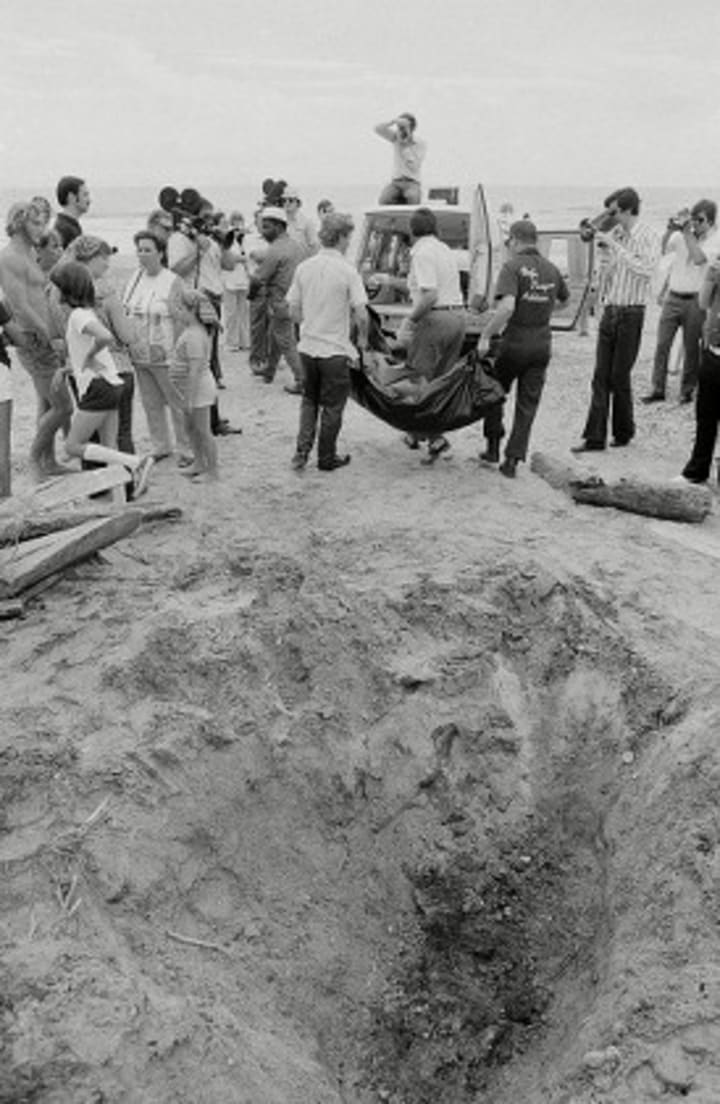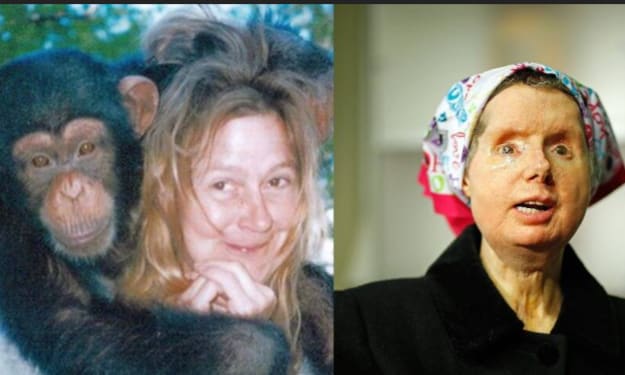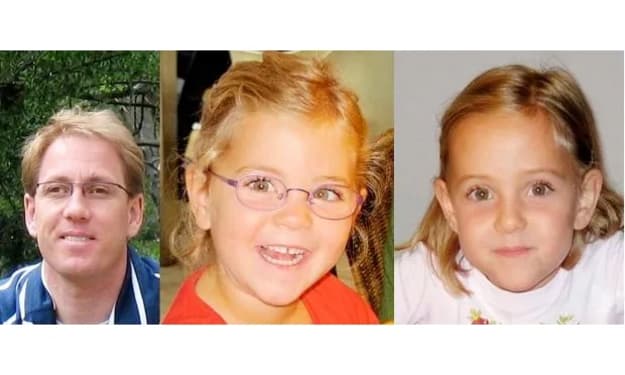How Elmer Henley Became a serial killer
Elmer Wayne Henley Jr. assisted "Candy Man" Dean Corll in the abduction, rape, and murder of at least 28 boys between 1970 and 1973, including six that he himself killed.

Elmer Wayne Henley Jr. was born in Houston, Texas, on May 9, 1956. Henley, the eldest of the couple's four kids, grew up in an unhappy household. His father was an alcoholic who was abusive towards his family.
When Henley Jr. was 14 years old, Henley's mother decided to leave her husband and take the kids with her, hoping for a new beginning.
The abuse Henley Jr. suffered at the hands of his father, on the other hand, would stick with him. He lacked a male figure in his life who would treat him with dignity and respect — something he would eventually find in Dean Corll.
"I wanted Dean's approval," Henley remarked in an interview for a documentary film in 2002. I also wanted to feel like a guy capable of dealing with my father.
Unfortunately, this would lead him down a perilous path.
Elmer Wayne Henley Meets Dean Corll
Henley left high school at the age of 15, and it was also at this time that he met David Owen Brooks, then 16 years old. Henley and Brooks reportedly started wandering the Houston Heights neighborhood while puffing on marijuana, drinking beer, and playing pool.
Brooks first encountered Dean Corll, a guy twice his age, when he was 12 years old. Corll was known as "The Candy Man" because he spent a lot of time handing out candy to children at his mother's candy factory.

Henley had his suspicions, but he was unaware of the full depth of Brooks and Corll's relationship.
When Brooks and Corll first met, Corll exploited Brooks' weakness because Brooks' father was a bully who frequently criticized his son for being frail. Contrarily, Corll refrained from mocking Brooks. When he didn't want to go home, he gave him money and a place to stay.
When Brooks was 14 years old, Corll started to sexually assault him while buying him toys and money to keep him silent. One day, Corll was raping two teenage boys when Brooks entered the room. After that, Corll purchased Brooks a car and promised to pay him to connect him to additional boys.
Elmer Wayne Henley was apparently introduced to Corll by Brooks in late 1971 with the goal of "selling" him to the killer and serial rapist.
Dean Corll originally piqued Henley's interest, and he later remarked, "I admired Dean because he had a steady job. He initially gave off the impression of being quiet which piqued my interest. I was interested in learning his strategy.
Corll informed Henley about a Dallas-based organization he was affiliated with that trafficked teenagers and young men when they next met. Dean told me he would pay me $200 for every boy I could bring in, maybe more if they were extremely good-looking boys, Henley subsequently recalled during his confession.

Elmer Wayne Henley first turned down Corll's offer; it wasn't until he needed the money in early 1972 that he decided to accept, however Henley's subsequent actions suggest that the money was just a small part of it.
Henley agreed to assist, so Corll and him hopped in Corll's Plymouth GTX and started "searching for a boy." They came across s boy Corll liked, so Henley asked the teen if he wanted to come and smoke pot with them. The three drove back to Corll’s apartment, and Henley left.
The following day, Henley received $200 as promised. He believed the youngster had been sold to the Dallas group Corll was a part of, but he later learned the boy had been sexually abused by Corll before he murdered him.
Henley didn't inform the police what Corll had done.
Elmer Wayne Henley Joined Dean Corll In Crime
Elmer Wayne Henley continued his scheme even after learning what had occurred to the first boy he had persuaded to go to Corll's house. He wasn't discouraged either when Dean Corll revealed that in May 1971, he had kidnapped, tortured, and killed David Hilligeist, a close friend of Henley's.

Henley even took Frank Aguirre, another one of his friends, to Corll. Once Corll had raped and murdered Aguirre, Henley, Brooks, and Corll buried him at a beach near Houston called High Island.
The 28 known victims of Corll were all either shot or strangled, and at least six of those deaths were caused by Henley pulling the triggers or firing the shots.
“At first I wondered what it was like to kill someone,” Henley once said. “Later, I became fascinated with how much stamina people have… you see people getting strangled on television and it looks easy. It’s not.”
Brooks would later tell investigators that Henley “seemed to enjoy causing pain,” something Henley admitted was true.
By July 25, 1973, Henley had contributed to the horrifying murders of more than twenty boys at the hands of Dean Corll and himself.
Mass Murders Come To A Violent End
Elmer Wayne Henley Jr. invited Tim Kerley and Rhonda Williams to Corll's house on August 8, 1973. Henley seemed naive when he claimed it was merely intended to be "a night of fun," not a night of torture and murder. He had brought enough visitors to Corll that he was aware of the outcome.
The group of four smoked pot and drank beer in the living room, but Corll was reportedly furious at Henley for inviting a woman over. Corll bound and gagged all three of the teenagers after they fell asleep.

When they started to awaken, Corll picked them up and led Henley into the kitchen, where he scolded him for bringing Williams and declared that he had "ruined everything."
The two victims were led into Corll's bedroom and bound to his "torture board." Henley, carrying Corll's rifle, entered the bedroom and made fun of Kerley and Williams. Williams claimed that evening that something in Henley appeared to have broken.
Corll was then shot once in the forehead by Henley. Henley shot him five more times in the back and shoulder when the first bullet didn't kill him. Corll fell dead and nude against the wall.
Elmer Wayne Henley Jr. freed Tim Kerley and Rhonda Williams after killing Dean Corll, then he took up the phone and dialed 911. He gave the operator the address of Corll's home in the Pasadena neighborhood of Houston after telling them that he had just shot and killed Corll.

When they questioned Henley about the items, he completely broke down. According to the Houston Chronicle, he revealed to them that Corll had been murdering youngsters for the last two and a half years and burying many of them at Southwest Boat Storage. Henley took the detectives there, where they discovered 17 corpses.
Then he led them to Sam Rayburn Lake, where there were four more graves for the dead. On August 10, 1973, Brooks went to High Island Beach with Henley and the police, where they discovered an additional six remains.
Finally, Dean Corll's bloody criminal rampage was over.
Trial of Henley and Sentencing
In July 1974, Elmer Wayne Henley’s trial began in San Antonio. He was charged with six counts of murder, according to The New York Times, but he was not charged with killing Corll, as the shooting was ruled self-defense.
Henley was sentenced to six consecutive life sentences of 99 years each.
According to letters several victims' families have recently received, Elmer Wayne Henley Jr., is asking for compassionate release from Texas prison.
About the Creator
Rare Stories
Our goal is to give you stories that will have you hooked.
This is an extension of the Quora space: Rare Stories
X(formerly Twitter): Scarce Stories
Official Bookstore: davidkellertruecrime
Writers:
....xoxo
Reader insights
Nice work
Very well written. Keep up the good work!
Top insights
Easy to read and follow
Well-structured & engaging content
Excellent storytelling
Original narrative & well developed characters
Eye opening
Niche topic & fresh perspectives
Heartfelt and relatable
The story invoked strong personal emotions
Masterful proofreading
Zero grammar & spelling mistakes
On-point and relevant
Writing reflected the title & theme






Comments
There are no comments for this story
Be the first to respond and start the conversation.